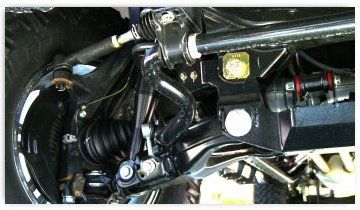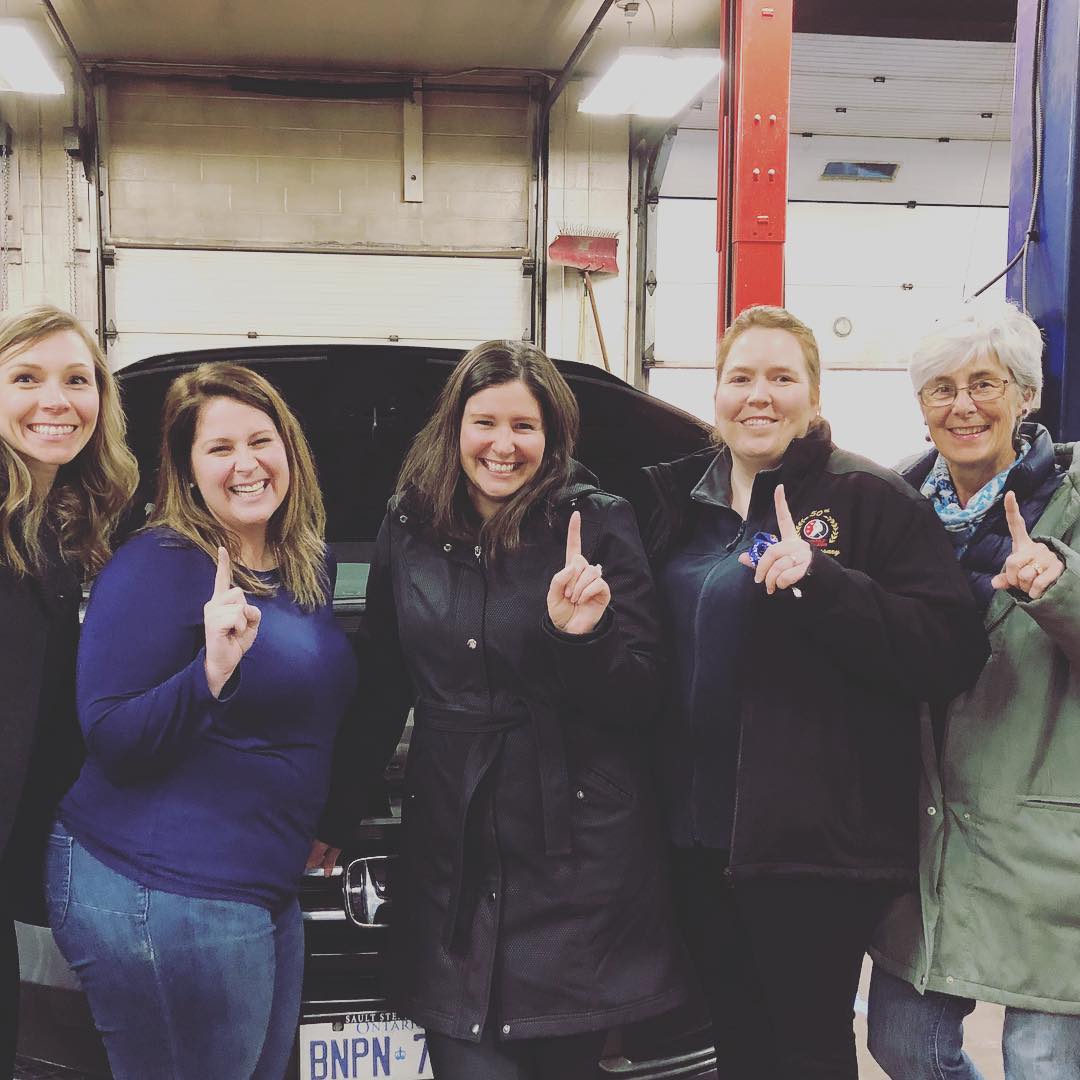Tire Rotation & Balancing Repair & Maintenance
- By Classic Automotive
- •
- 31 Jul, 2018
- •

You can make your tires last longer with regular tire rotation and wheel balancing. Let's start with tire rotation. In normal driving, your front tires wear more on the shoulders because they handle much of the cornering forces in turns. Front-wheel drive vehicles have even more force on the front tires.
We rotate the tires so that all of the tires do some duty on the front end as well as getting a little break on the back end. That way, all four tires wear more evenly over their life and last longer. tires always rotated front to back
For most vehicles, tires are rotated front to back. Some manufacturers recommend a cross rotational pattern that includes the spare tire and some high-performance vehicles have different size tires on the front and rear and may even have uni-directional tires that can only be on the left or the right side of the vehicle. Your service advisor can help you sort that out and will perform the right tire rotation for your vehicle.
Your tire manufacturer will have a recommendation for how often you should rotate your tires. It's usually somewhere around 5,000 to 8,000 miles.
Let's move on to wheel balancing. That's when there are heavy spots on the tire and wheel that cause it a bit of wobble. Balancing adds weights to the wheel to balance it out. Now, we are talking about very small weight differences. Variations in the tire and wheel manufacture can cause a slight imbalance. The valve stem, and now the tire pressure monitoring sensors in the tire, also play into the equation.
Even small differences can cause annoying vibrations at speed: the wheel is essentially bouncing a bit as it goes down the road. For example, at freeway speeds, an out of balance wheel can be slamming into the road 14 times a second. That's annoying and can cause your tires to wear out more quickly.
If a front wheel's out of balance you'll feel the vibration through the steering wheel. When it's a rear tire, you'll feel the vibration through your seat. If you're getting bad vibes from your vehicle, bring it in to see if it's a balance issue or something else. You should balance your wheels whenever you get a new tire or remount a tire like when it's been removed for a flat repair.

Today we're talking about suspension integrity. Your skeletal structure provides the framework to hold up your body weight. Your joints cushion you as you walk and allow you to change direction. Your auto suspension system is similar: It bears the weight of your vehicle, controls the vehicle as you steer and absorbs bumps in the road.
Car suspension parts, like the bones in your body, are connected by joints that allow all the components to move as they should. Over time the suspension starts to become loose and the joints wear. Your suspension will stop operating as it should in turn reducing proper tire contact with the road. Running over a pothole, getting into an accident or hitting a curb can also damage or break auto suspension components.
Have you ever hurt your foot? Think about how you walk afterwards in an effort to keep from putting pressure on it. Overcompensate with a limp long enough and your ankle, knee, hip and even your back will start to hurt from the strain. The same thing happens in your car. When one joint or part is worn or damaged: it will stress everything else and can cause premature wear to the entire system.
Signs of suspension problems include vibration, uneven tire wear, pulling to one side, rattles or other strange noises.
If you think you may have a suspension problem, ask your NAPA AutoCare service advisor for an inspection of your suspension system. Have them check your alignment while they're at it. Request an auto repair quote and take care of any damaged or worn suspension components before they lead to future damage and more costly repairs.







